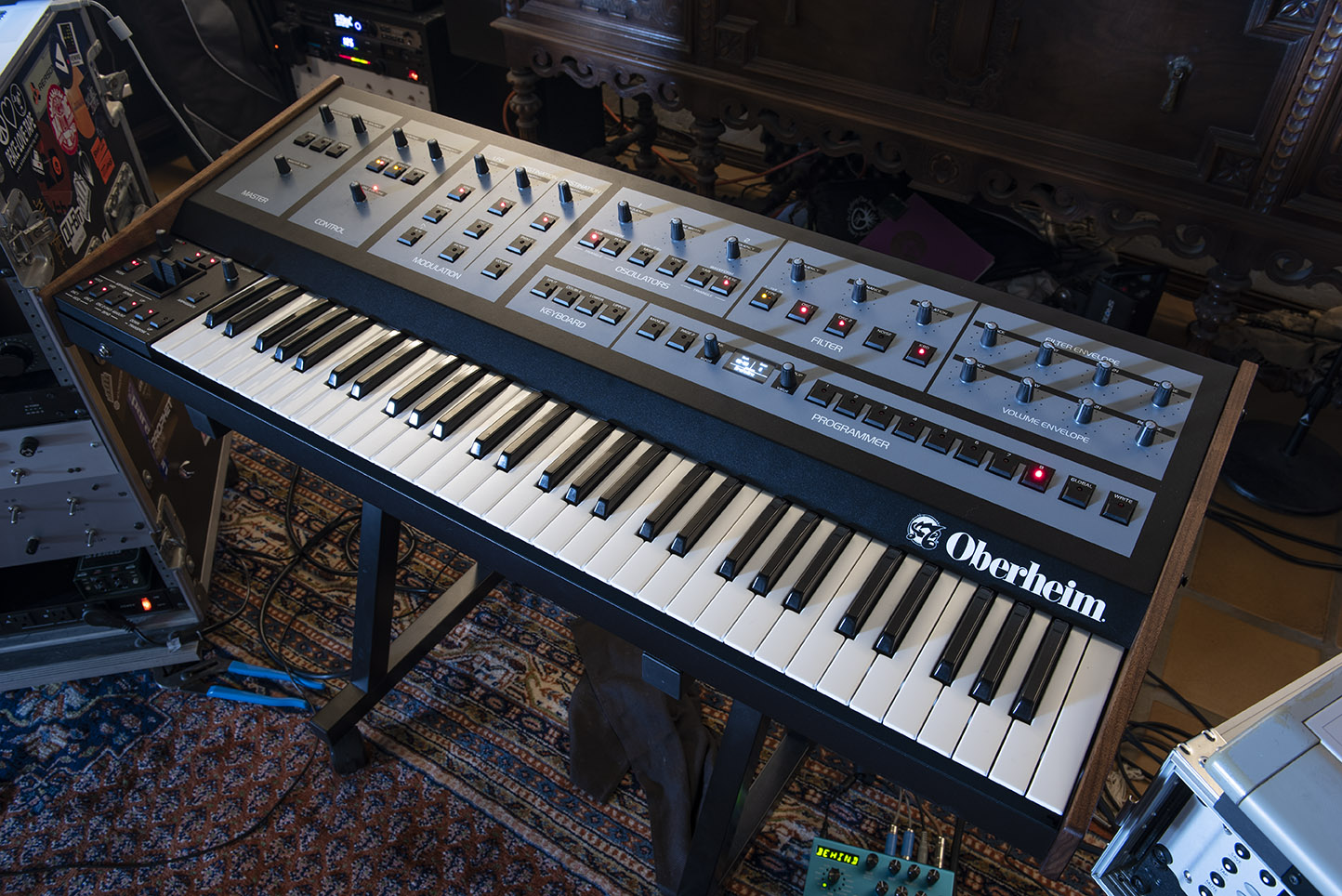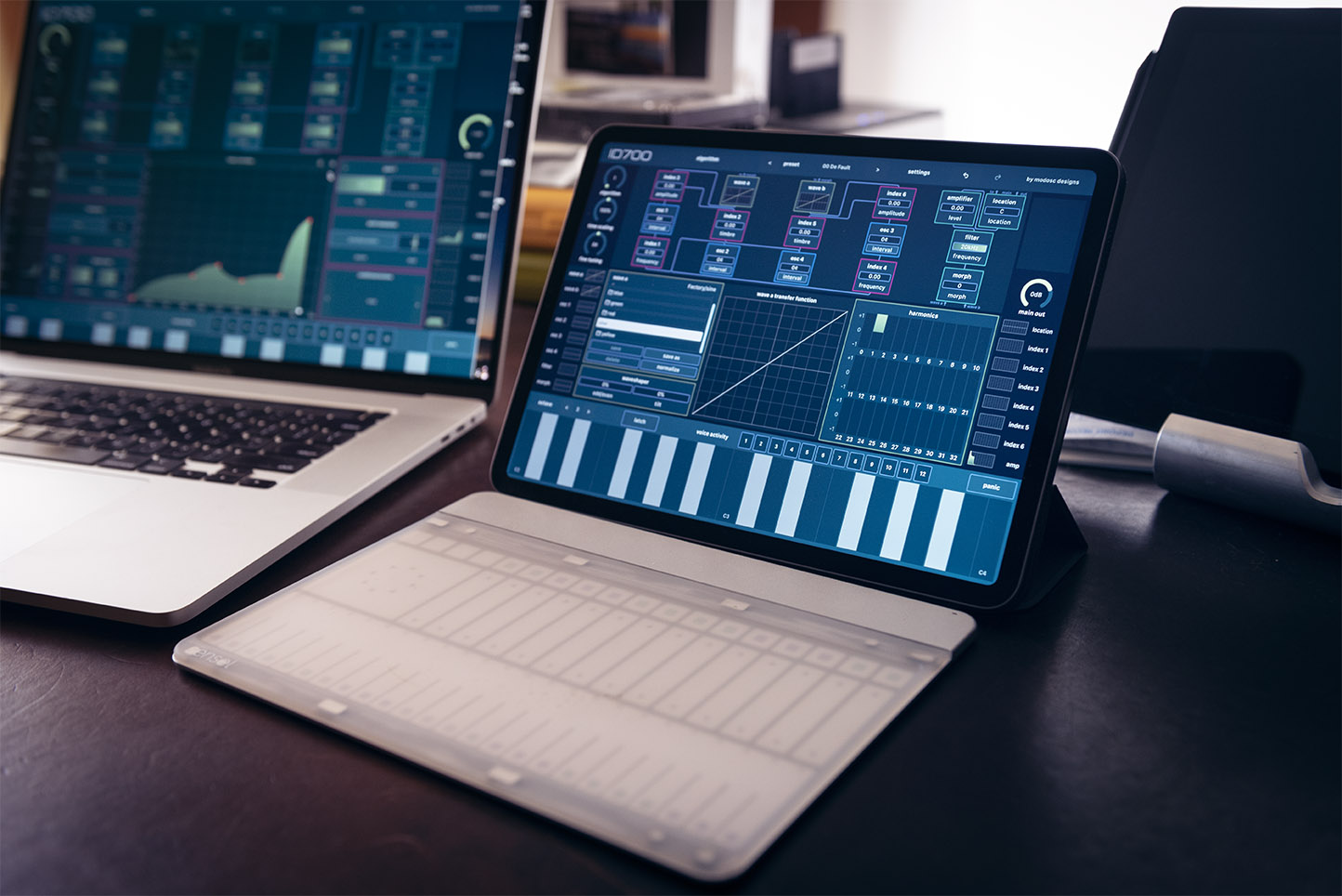Bunuel Exhibit in Chicago
December 9th, 2025
At the International Museum of Surgical Science in Chicago, IL, a special exhibition is currently running with the personal effects and film memorabilia of the surrealist filmmaker, Luis Bunuel. Part of this exhibit features a dream room where a series of my quadraphonic compositions continuously run. These commissions are crafted from audio tracks of Bunuel films and a variety of synthesizers (including Buchla, 3rd Wave, minimoog, prophet-5, pro-3) and software tools (Reason and Logic). The exhibit will run through February 2026, and there may be something special for the closing.
Luis Bunuel is regarded as one of the most influential creative geniuses of the twentieth century. His works pushed the boundaries of the social conventions and established the foundations of surrealist cinema. The body of his work has been critically acclaimed and received awards from Cannes, BAFTA, the Motion Picture Academy, and others. Bunuel’s journey spans decades, from his early work Un Chien Andalou (1929), to Los Olividados (1950), to The Exterminating Angel (1962), to his later works such as The Discrete Charm of the Bourgeoisie (1972) and That Obscure Object of Desire (1977).
Bunuel films are not necessarily for the faint of heart. These were crafted in a time that was not as driven by consumption and feel good vibes, when pushing the limits of new media for art was still valued. Many of these works are observations of religious and social norms of the era, and compelled audiences to submit to the Socratic tenet of examining their own belief structures.
These philosophically challenging themes are what make me a fan of Bunuel, but I also have a deep appreciation for his use of sound as subliminal narrative devices. The sound design is not overly complex in these films, especially by comparison to modern productions, but the cues carry certain positivistic meanings that convey deeper meaning which at the same time can challenge an audience’s subjective understanding of the visual experience.
Director of the Luis Bunuel Film Institute, Oscar Arce and I have been brainstorming ideas for an interactive retrospective that would incorporate the films with immersive sound that would tap into the tradition of avant-garde surrealism. Finally these ideas have manifested into their first iteration of the installation in Chicago.















